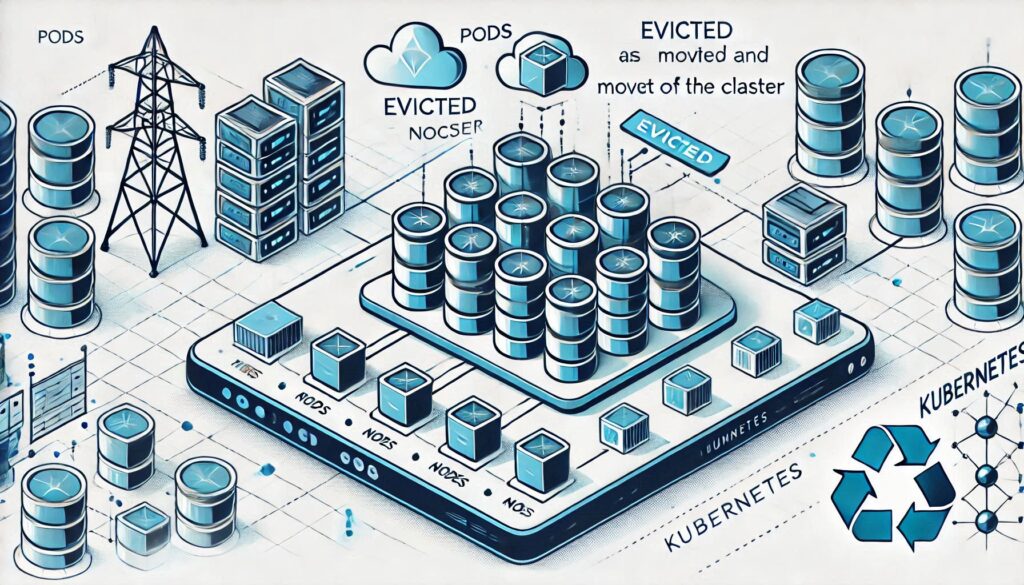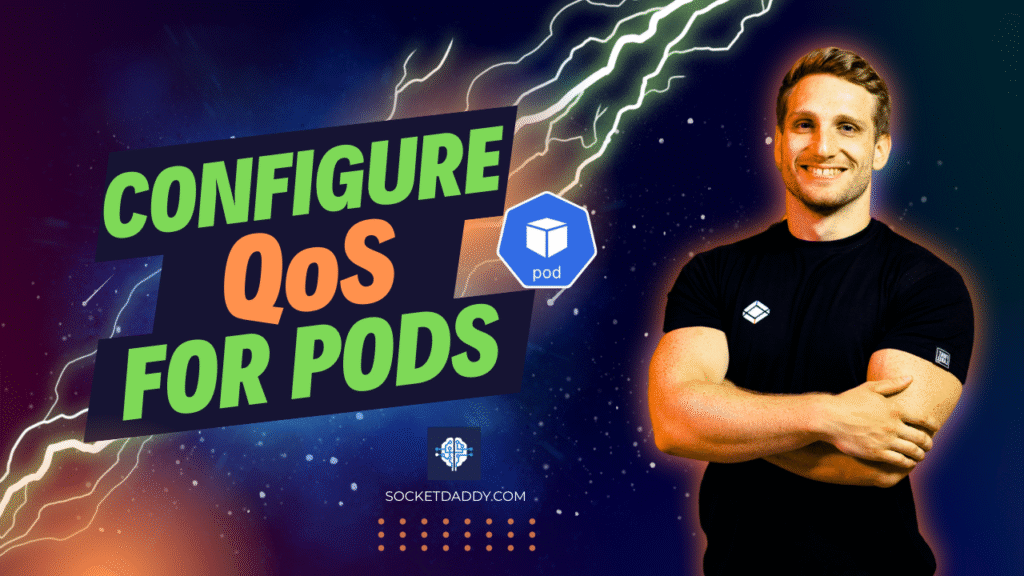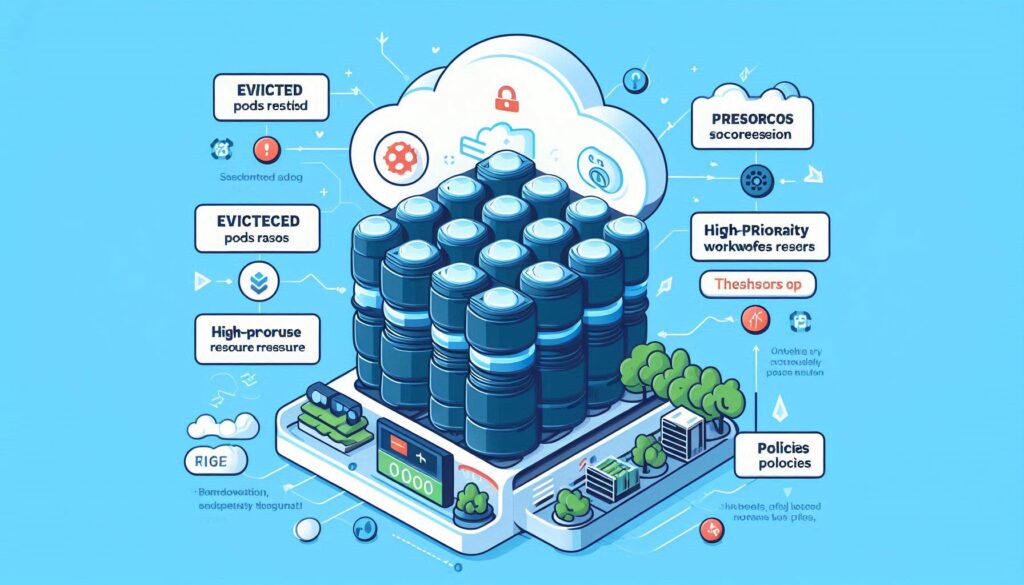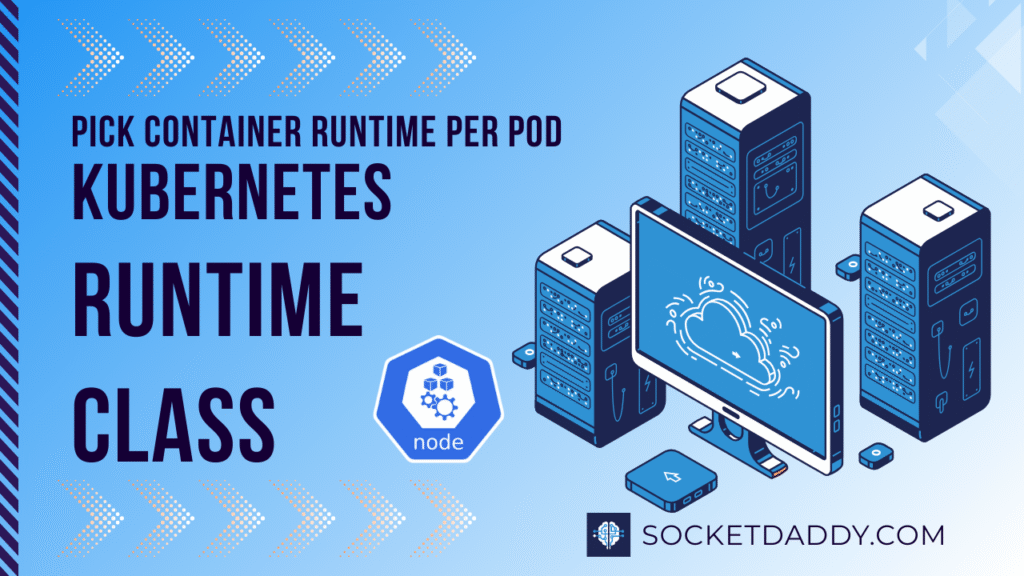
Evicting Kubernetes Pods with API Eviction
API-initiated eviction lets you gracefully terminate Pods via the Eviction API. It respects PodDisruptionBudgets and terminationGracePeriodSeconds. Use CLI or client-go to trigger eviction subresource calls. Dry-run lets you test policies. Build event-driven controllers for automated remediation.

Advertise Extended Node Resources for a Kubernetes Node
Extended resources let you declare these node-level assets so the scheduler can allocate them. This article shows static and dynamic methods to configure and use extended node resources.

Configure Quality of Service for Pods in Kubernetes
Kubernetes uses Quality of Service (QoS) classes to decide pod eviction under resource pressure. Assigning correct requests and limits controls reliability and node stability.

Understanding the Kubernetes Scheduler
Explore Kubernetes Scheduler architecture, plugins, policies, monitoring, and real-world use cases with code examples and workflow diagram.

Kubernetes Pod Eviction: How It Works and Best Practices
How Kubernetes pod eviction works, including node-pressure and API-initiated evictions, and best practices to avoid disruptions.

Kubernetes Pod Scheduling: Taints, Tolerations, and Node Affinity Explained
In this post, I'll explain key concepts of Kubernetes Pod Scheduling, such as taints, tolerations, and node affinity.

Kubernetes Scheduling Policies
Learn how Kubernetes deprecated legacy scheduling policies in v1.23 and how to migrate to Scheduler Configuration with detailed examples and workflow.

Runtime Class in Kubernetes To Pick Container Runtime Per Pod
Kubernetes uses Runtime Class to let you pick the container runtime per Pod. This article dives deep into Runtime Class architecture, spec fields, usage, CRI integrations, and production best practices.
